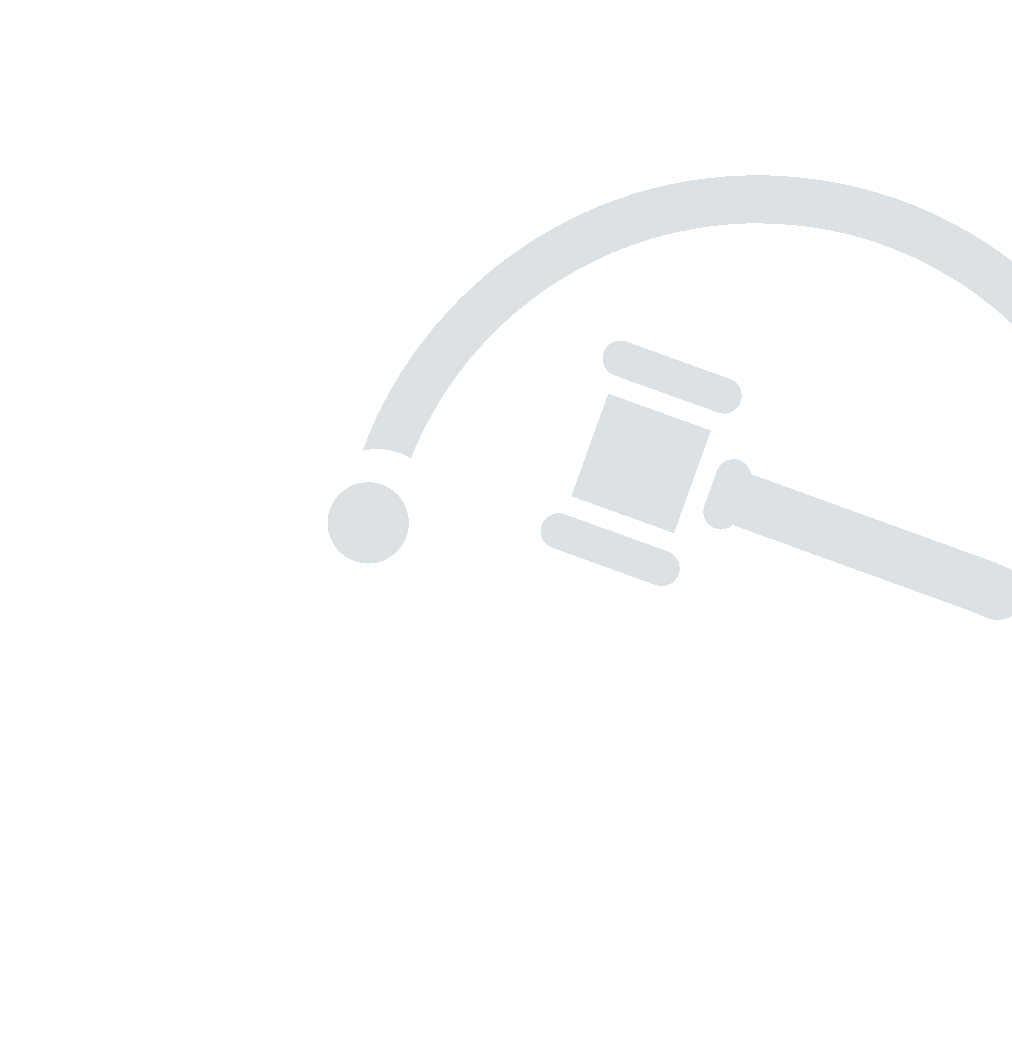


My Account
Add my auction





Whether you’re upgrading machinery, investing in IT equipment or expanding your fleet, the temptation to buy new can be strong, yet one of the smartest moves a company can make, particularly when cash flow is tight, is buying second hand.
Poor cash flow management can fuel financial difficulty and while turnover may well be healthy, it’s how the cash is used and the rate at which it leaves the business that directly impacts financial health. This is where buying preowned or auctioned assets can play a significant role in preserving cash flow.
When buying an asset at auction or from a reputable second hand seller, the price tag is typically a fraction of the cost compared to when buying new. This immediately preserves cash flow, allowing you to hold onto working capital for other essential outgoings, such as wages, suppliers or new investments.
For example, a manufacturing business might find that a piece of used or refurbished machinery costs 40% to 60% less than when buying it new. This saving could be the difference between maintaining a healthy cash reserve and taking on additional borrowing. In insolvency terms, liquidity buys time and time keeps a business afloat.
Many businesses rely on asset finance to buy new equipment in a way that is affordable and doesn’t overwhelm working capital. While financing can support growth, it also creates long-term repayment commitments that can strain cash flow, particularly if trading unexpectedly dips.
By purchasing second hand, you may be able to fund the equipment outright or reduce the amount you require on finance. This means fewer fixed costs and more flexibility which can be a lifeline when income and trading conditions fluctuate.
Brand new assets significantly depreciate in their first year. Buying used means avoiding that initial drop in value, making it easier to achieve a quicker return on investment. If you later decide to sell the used asset or upgrade, you’re less likely to absorb a significant loss. For businesses operating in asset-heavy sectors, like construction, engineering or transport, this protects the balance sheet which is something lenders and investors look at closely.
Asset auctions are one of the most practical routes to buying quality used equipment, offering a wealth of opportunities to own in-demand assets. It’s also possible to purchase new assets for a competitive price as businesses undergoing restructuring or insolvency may choose to auction assets to raise funds fast.
You can access a wide range of equipment quickly, compare market prices in real time, and purchase with full visibility of the asset’s history. Auction purchases can offer a turning point to asset-poor businesses, allowing them to own essential assets without draining their reserves.
Protecting cash flow is an eternal responsibility for business owners as this ensures that the business has the resources to adapt, reinvest and grow sustainably. Buying second hand helps expand capacity, while keeping outgoings in check. When making such decisions strategically, you can actively protect the company’s solvency and secure its long-term viability.
David Tannock is a personal and business debt adviser at Scotland Debt Solutions. He is a trusted money expert and has guided hundreds of individuals and businesses in financial distress resolve cash flow shortages and money worries.
Includes
Have an account? Sign in

By clicking create account you confirm that you agree to our website terms of use.
Create Account
